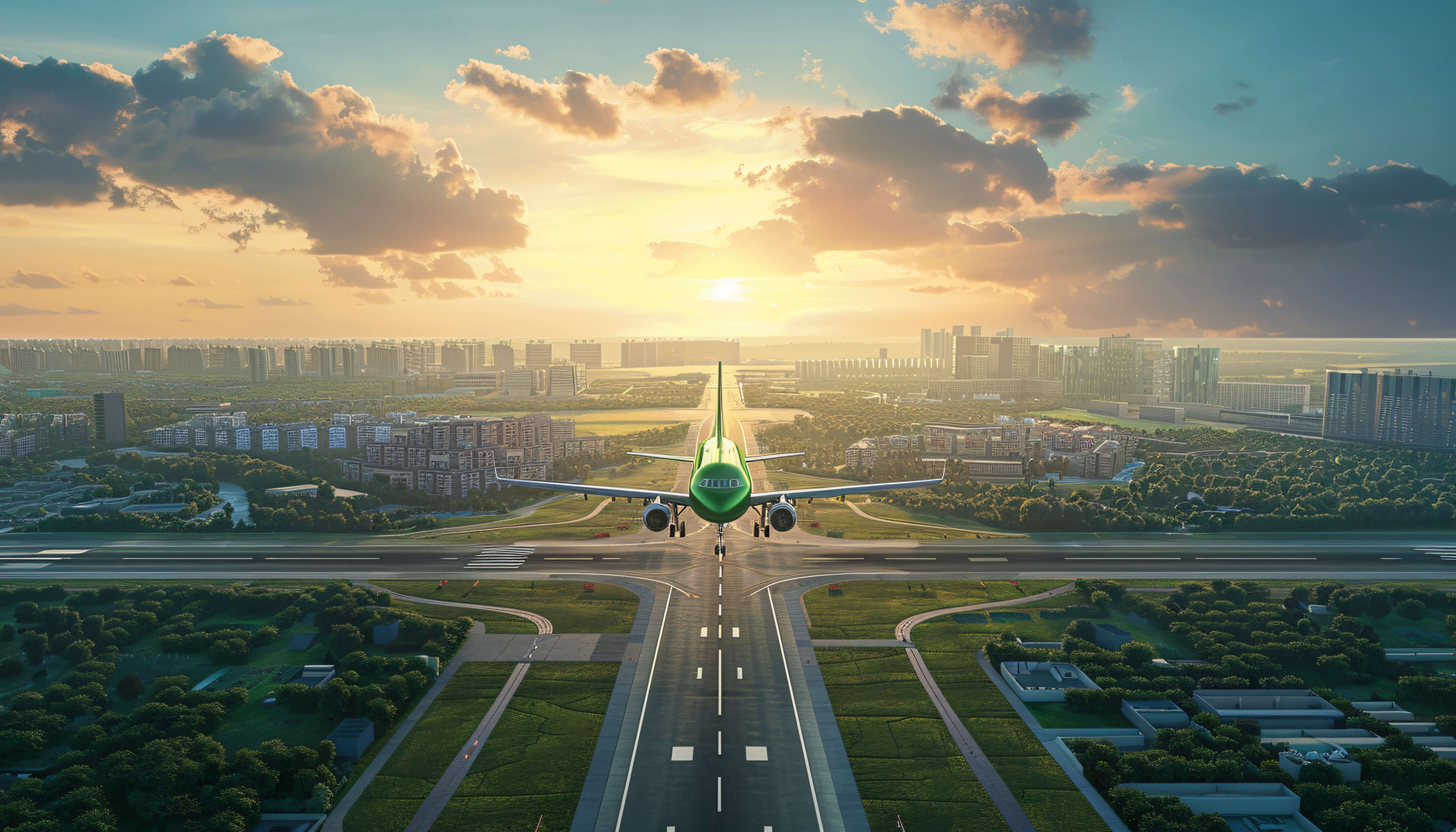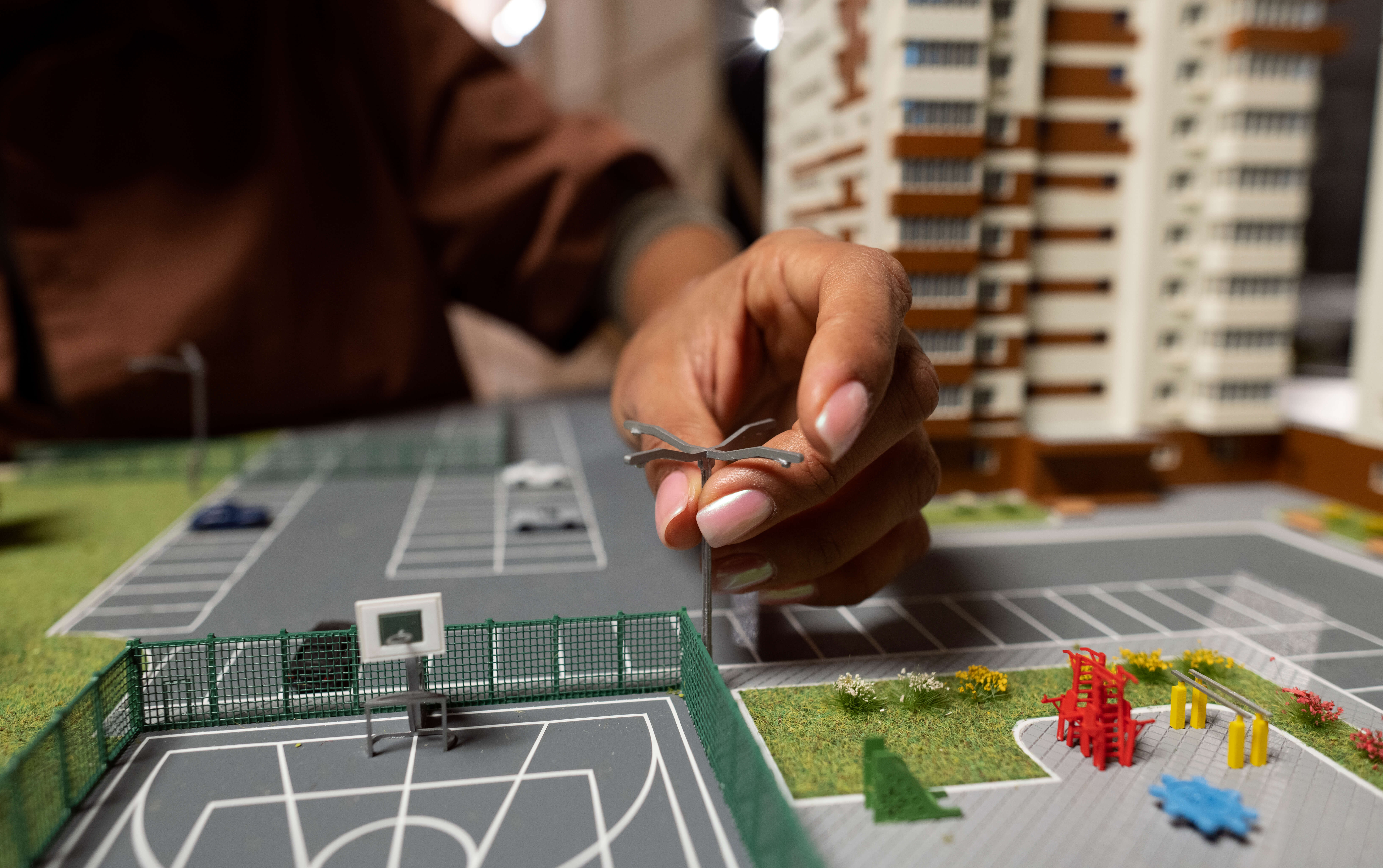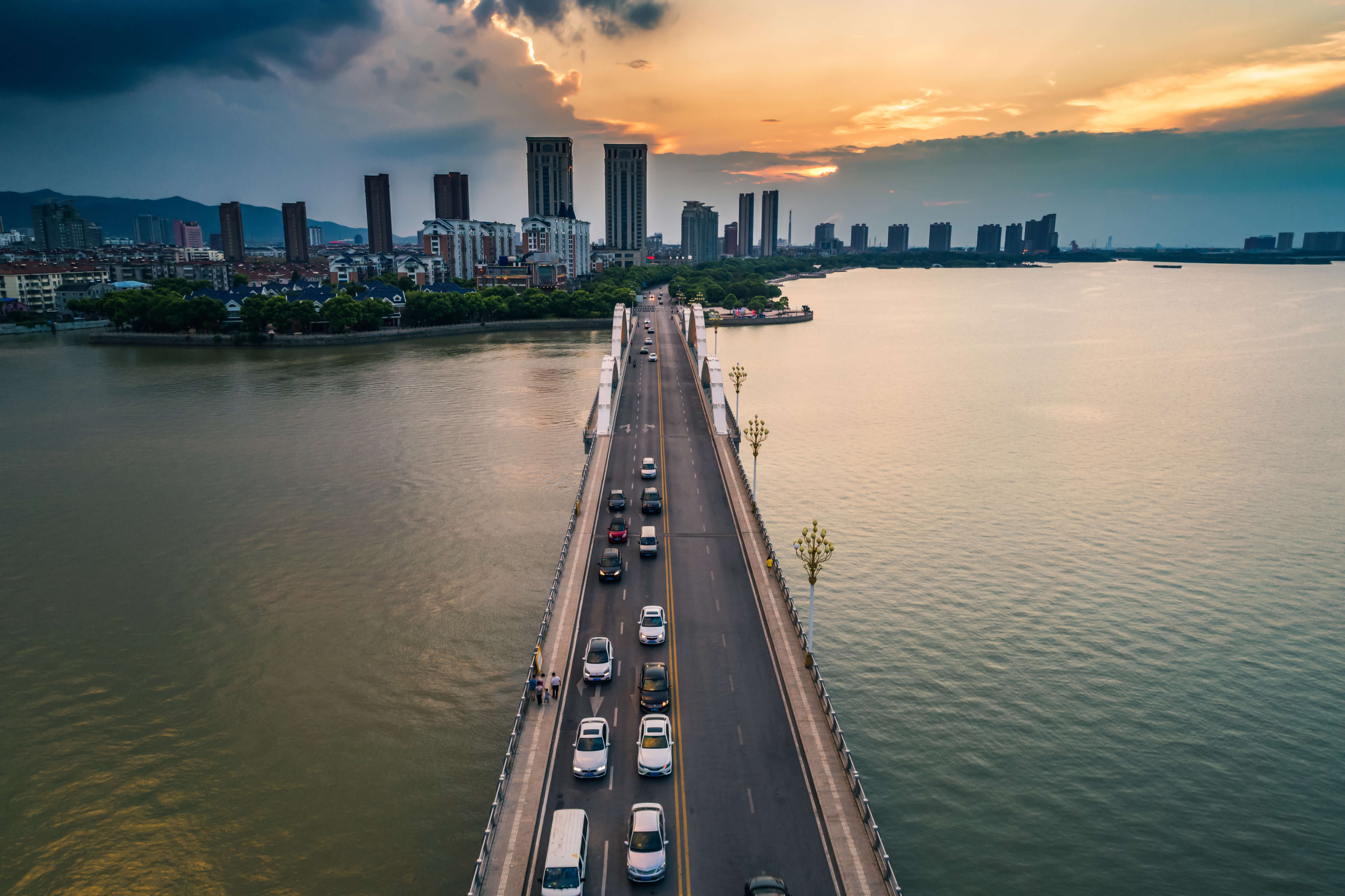To distribute the load of air traffic to and from Mumbai, the government has announced yet another international airport christened as the Navi Mumbai International Airport, which is expected to be launched later this year.
Currently, Mumbai already has two airports – CSMIA & Juhu Aerodrome.
Juhu Aerodrome is comparatively smaller and is used for general aviation including private planes and helicopters. CSMIA handles a large chunk of Mumbai’s air traffic, both domestic and international, so it often struggles with the infrastructure issues handling this much load for India’s commercial capital Mumbai.
Mumbai has breathed a sigh of relief with the announcement of NMIA (Navi Mumbai International Airport) in Panvel Taluka area in Navi Mumbai on the National Highway 48. The new airport will not only relieve the existing pressure on CSMIA but also open the gateway of growth for Navi Mumbai. It is expected to achieve a massive capacity of 30 aircrafts per hour by April 2026. Simultaneously, it will likely handle 90 million flyers and 2.5 million tons of cargo annually.
The Strategic Location and and Design of the Airport
The airport utilizes the open spaces of Navi Mumbai. The large airport occupies more than 1100 hectares of land and two parallel runways. As far as its design is concerned, it looks like the lotus, India’s national flower. It will also have a state-of-the-art dedicated cargo terminal with automated handling systems.
Impact on the Real Estate Landscape
It has also infused life and increased activity in the real estate market especially in the neighborhoods like Kharghar, Panvel, Ulwe, Taloja and Airoli.
Kharghar
Kharghar, which is already an ambitious prime investment location in Navi Mumbai, is just 12 km from NMIA. Kharghar is a well planned and green neighborhood with excellent infrastructure. The locality has lots of educational institutions and commercial hubs.
Apart from the schools and institutions, Kharghar also has hospitals, retail hubs, shopping malls, and many other things enhancing its appeal.The land rates have increased by 15 to 20% in just two years in this area. The real estate juggernauts expect a further increase of 20 to 30% once the new year port gets operational.
The location has experienced a rapid increment in demand from professionals, aviation staff and logistics related employees – mostly because of the airport project and its workers. The existing projects in the Kharghar area are attracting the attention of NRIs, high net worth individuals and professionals.
Panvel
Panvel is also the next rapidly growing residential hub that benefits from its strategic location near the Mumbai Pune Expressway. Its proximity with the upcoming Mumbai Trans Harbour Link (MTHL) is also improving its prospects. The residential area offers a wide range of housing options catering to various budgets. Apart from that it has also experienced a surge in commercial real estate development, the majority of which includes warehouses and container freight stations. In a strange development, it has seen a boom in the hospitality market as well. So, Panvel is experiencing a 360 degree growth.
Ulwe
Ulwe also benefits from its proximity to the airport and the Mumbai Trans Harbour Link and that is the reason, it’s experiencing rapid development. However, it will likely see significant growth after the launch of the new year port. Ulwe is fast emerging as a commercial hub. The government has proposed an IT park in the Ulwe waterfront area.
Taloja
Located near the upcoming metro line, Taloja is the favorite destination for budget investors seeking affordable housing options. The area has excellent connectivity to key business districts.
Airoli
It is also a well established residential and commercial center, which has an increased demand for office spaces as the tech companies and business hubs expand in the area. The ripple effect created by this growth is driving demand for housing properties in the area.
Infrastructure Led Growth
NMIA is not acting in isolation as an ambitious infrastructure project. It is part of a larger development plan aimed to enhance connectivity and foster sustainable growth of the Navi Mumbai area. Along with NMIA, there are a few more infrastructural projects such as Mumbai Trans Harbour Link, Navi Mumbai Metro Line, Navi Mumbai Corporate Park, New Link Road on the Pune Mumbai Expressway and Mumbai Metro Line 8 i.e. Gold Line.
Together, these infrastructure projects will contribute collectively to make Navi Mumbai a more integrated and self-sustained city. The city will promise a high quality of life and increase economic opportunities for its inhabitants. The property prices are expected to appreciate across several localities, which is good news for home buyers and investors for long term investments.
Challenges and Opportunities for Investors
Although the future looks promising, it doesn’t come with potential challenges. Traffic congestion is always a problem in Mumbai and as the population grows, it continues to haunt the commuters. The government is working towards it with proactive planning and development of integrated infrastructure.
Additional infrastructure will be needed as the time passes as the city gets overloaded with migrant work force. There is no permanent solution to this problem. However, from the investment point of view, Navi Mumbai offers a compelling value proposition.
As we know that Mumbai already has exorbitant property prices, the development of Navi Mumbai with several infrastructure projects still holds a promise offering affordable housing options for millions of home buyers. It also promises higher returns on investments.
Areas like Kharghar, Ulwe, and Panvel are the leading hot spots that hold the key for the stunning growth potential. In addition to that, Navi Mumbai is promoting green and sustainable living addressing the rising demand for affordable green housing.
Final Words
NMIA promises a major shift for the region, which will open gateways for economic growth and urban development. Navi Mumbai is already working on increased connectivity, affordable housing, and development of new commercial hubs, so the residents will not have to commute to distant areas to earn their livelihood. The airport project is further helping Navi Mumbai in this endeavor.
If you are thinking of investing in this area, you are set to drive long-term value against your investments. With the launch of NMIA and other projects, Navi Mumbai will soon develop into a modern, convenient and sustainable urban neighborhood of Mumbai.



